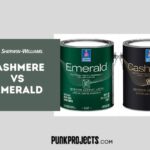Welcome to the world of wood staining! Today, we explore polyshades vs. gel stain. Both have unique qualities. Let’s start this journey!
So, each option has its own benefits. Join us as we explore wood staining secrets. Empower yourself to make an informed decision!
What is Polyshades?
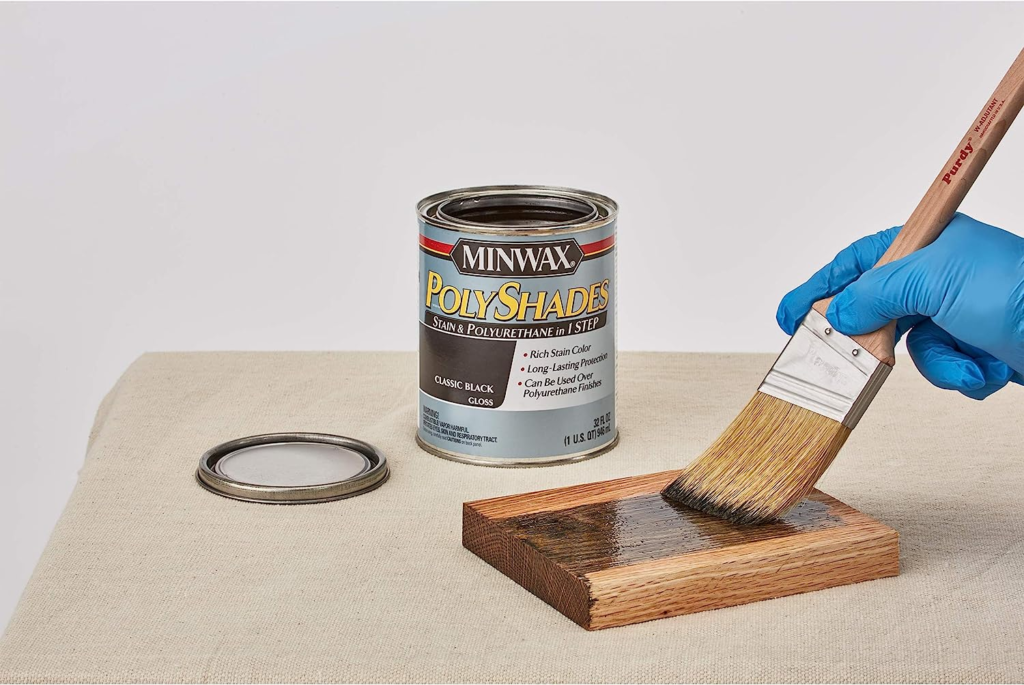
Polyshades is an innovative product that’s shaking up the world of wood stain. It fuses stain and polyurethane, making the finishing process easier. With simple application and amazing durability, Polyshades reduces time and produces amazing results.
No need for multiple coats of stain and then a separate polyurethane layer – Polyshades does it all in one! Fewer steps makes it great for tight timelines. Plus, it dries quickly between coats.
Polyshades stands out due to its rich color and wood protection. The polyurethane element safeguards the stained wood, increasing its lifespan and strength. Perfect for high-traffic areas like floors and tabletops.
Polyshades dates back decades. A renowned woodworking company wanted a product that would simplify staining without compromising quality. After extensive research and development, they made Polyshades – a game-changer in wood finishing.
What is Gel Stain?
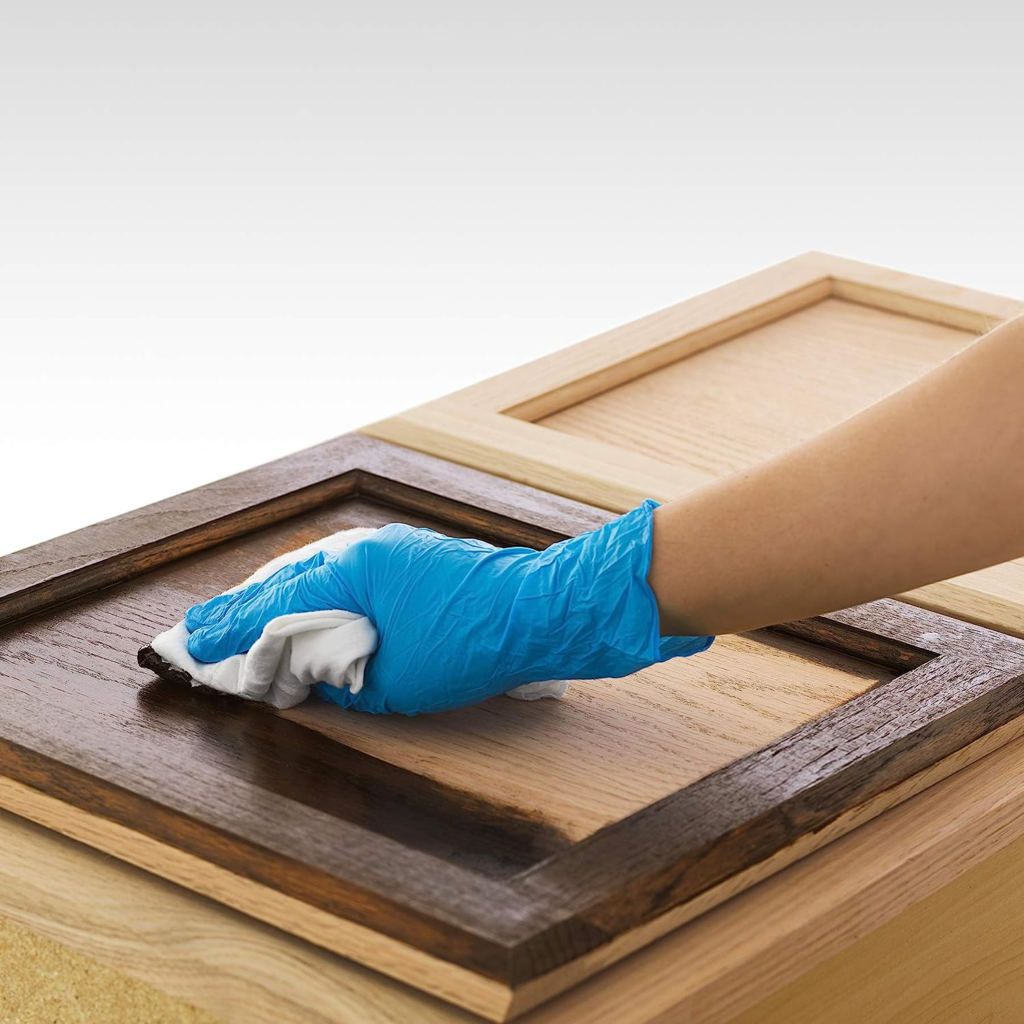
Gel stain is a great wood-finishing product. It adds color and depth to wood surfaces in a unique way. Unlike liquid stains, gel stain has a thick, viscous consistency – easy to control and apply. Here’s the breakdown of why it’s so special:
| Benefits | |
|---|---|
| Controlled Application | Gel stain won’t drip or splotch due to its thick consistency. |
| Better Coverage | Gel stain sits on the surface, providing better coverage than liquid stains. |
| Durable Finish | Forms a protective barrier that resists scratches, chips and fading. |
| Versatility | Suitable for furniture, cabinets, doors, floors and outdoor/indoor use. |
Gel stain also has unique texture and appearance. Its rich consistency allows for bold colors and customization. Plus, you don’t need to use pre-stain conditioner – saving time and effort. DIYers and professionals alike love this wood finisher! Get vibrant colors, impressive coverage and long-lasting results today. Upgrade your projects with gel stain!
Similarities between Polyshades and Gel Stain
Polyshades and Gel Stain have a lot in common, making them popular for wood finishing. Here are the main points to know:
- Application Ease: Both are easy to use, no need for loads of prep or multiple coats. Great for DIYers who want convenience.
- Staining & Finishing: Both can stain and finish wood. Giving it color and protection from moisture, scratches, and UV rays.
- Color Options: Both come in many shades, from light to dark. So you can find the perfect match for your decor.
It’s clear why woodworkers like Polyshades and Gel Stain. But each has unique features, so consider your needs carefully.
Pro Tip: Test a small area with both products before you start the project. It’ll help you get the results you want.
Differences between Polyshades and Gel Stain
Polyshades and gel stain are two different popular wood finish options. Let’s explore their unique features:
| Polyshades | Gel Stain |
|---|---|
| 1. Appearance – Shiny or satin – Glossy or matte finish | 1. Appearance – Rich, deep color tone – Natural, matte finish |
| 2. Application – Requires several layers – Takes time to dry | 2. Application – Usually only one coat – Dries fast |
| 3. Coverage – Good coverage – Uses less product due to its thicker consistency | 3. Coverage – Needs more product for full coverage |
| 4. Versatility – Works on previously finished or bare wood surfaces | 4. Versatility – Works well on unfinished wood surfaces |
Polyshades is a combo of stain and polyurethane, which means you can save time and effort with just one step! Both polyshades and gel stain have been used in the woodworking industry for years, due to their ability to protect and enhance wood surfaces. So, either you choose polyshades for its smooth shine or gel stain for its rich color tone, both options are great for beautifying wooden projects with ease and durability.
Advantages of Polyshades
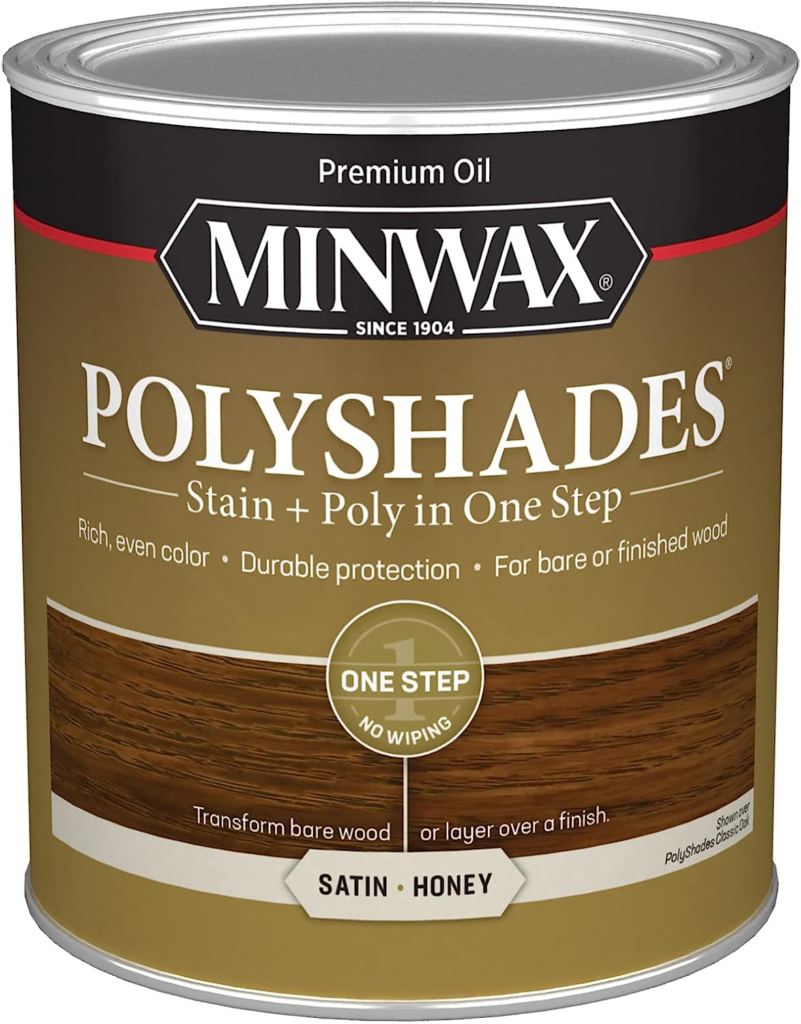
Polyshades is a favored pick of both DIY fanatics and pros. Let’s take a closer look at its benefits:
- Easy Application: Polyshades is smooth and user-friendly, making application a breeze for any skill level.
- Time Saver: Its quick-drying formula allows for speedy project completion, saving you time.
- Versatility: It can be used on wood, metal, and even plastic.
- Cost-effective: Combining staining and finishing in one, it cuts down expenses while delivering professional results.
- Long-lasting Results: Its advanced formula provides durable protection against wear and tear.
- Beautiful Finish: A range of finishes available, you can choose the look you want – from dark and rich to light and vibrant.
Plus, traditional stains require sanding between coats, but with Polyshades you can apply multiple coats without intercoat abrasion concerns.
Advantages of Gel Stain
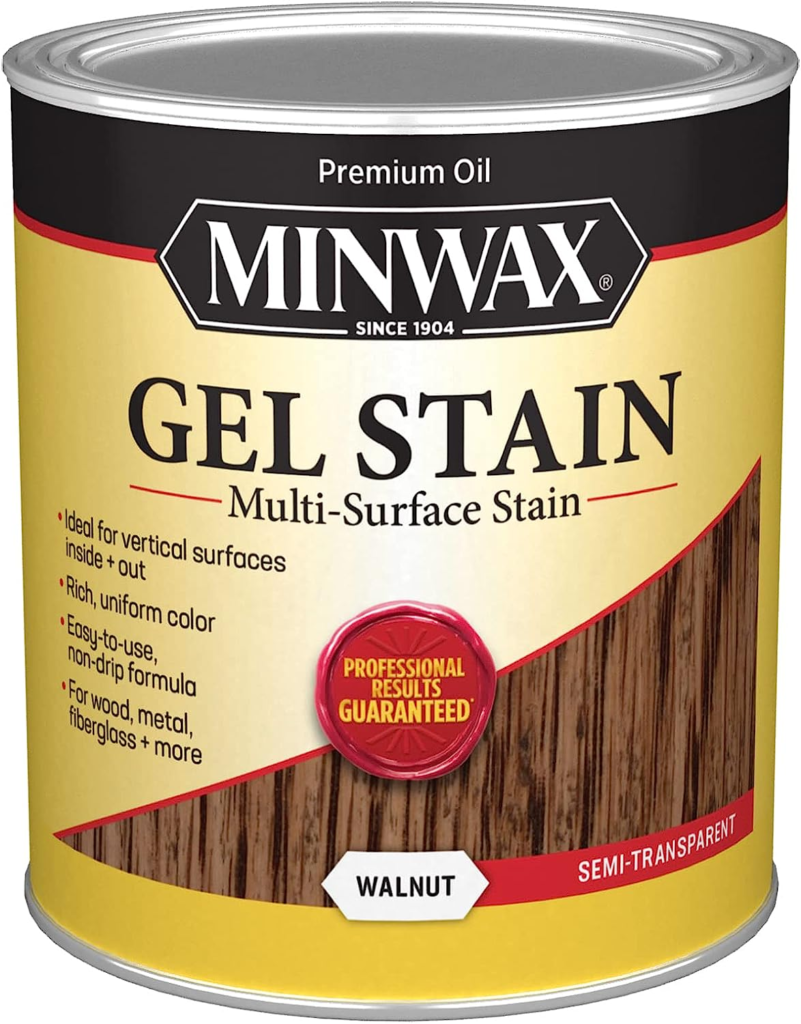
Gel stain has numerous advantages that make it a favorite among DIYers and pros. Its extraordinary qualities and flexibility set it apart. For instance:
- Easy Application: Its thick and jelly-like texture allows it to be spread easily on vertical surfaces without dripping or running, ideal for furniture and cabinets.
- No Stripping Needed: Unlike traditional stains, it doesn’t need to be stripped off old finishes or sanded. You can apply it directly on existing finishes, saving time and effort.
- Uniform Coverage: Gel stain gives better coverage than other types. Its thick consistency allows more control when applied, leading to an even coat with no streaks or blotches.
- Enhanced Color: Gel stain offers deeper, richer colors than other wood stains. It penetrates wood fibers better, giving a more intense finish that emphasizes the wood’s natural beauty.
- Minimizes Blotching: With some oil-based stains, blotching on certain woods can be an issue. Gel stain avoids this by sitting on top of the wood, reducing uneven color absorption.
- Longer Working Time: Gel stain has an extended working time. It stays workable for longer than traditional stains, making it easier to blend or layer for desired effects.
And, unlike many other stains, gel stain does not raise the grain on raw wood surfaces. This means no extra sanding needed for a smoother finish.
Disadvantages of Polyshades
Polyshades is a popular product, but it has its drawbacks. These 5 are notable:
- Uneven application – it can be tough to have a consistent finish with Polyshades. Streaks and blotches can appear.
- Limited color options – unlike Gel Stain, which is available in many colors, Polyshades only comes in a few.
- Takes longer to dry – compared to Gel Stain, Polyshades takes longer.
- Difficult to remove – if you need to refinish, Polyshades can be hard to strip or sand off.
- Less durable – it is more prone to peeling and chipping.
Also, it is usually more expensive than Gel Stain. “Popular Mechanics” suggests Gel Stain for its ease of use and many options.
Disadvantages of Gel Stain
Gel stain is popular for its simple use and finish. However, the drawbacks are: it dries slower than other types of stain, which can be a problem for time-sensitive projects. It also hides the wood grain and creates an artificial-looking end. Applying an even coat is difficult without streaks or blotches. Despite these issues, gel stain is still used by many woodworkers for its forgiving nature and consistent color.
Also, gel stains don’t penetrate the wood as much as oil-based ones. This limits its ability to protect from things like moisture and UV rays. Therefore, if you want long-term protection, go with oil-based stains.
Gel stains were introduced in the market by Minwax in 1992. Since then, it has become popular with DIYers and professionals due to its ease of application and versatility in different finishes.
Which one should you choose?
When it comes to polyshades or gel stain, the decision can be tough. We’ll compare the two to help you make an informed choice.
Polyshades:
- Fast application
- Opaque finish
- Limited color options
- Long-lasting
Gel Stain:
- More time and precision needed
- Enhances wood grain
- Wide range of colors
- May require extra protection
Did you know gel stain was invented for antiques? It sticks well and enhances wood. Woodworkers love it! Read Also: Alternatives for Plywood (Lightweight & Strong)
Which one? It’s up to you. Have fun and transform your wooden surfaces into art!
Conclusion
Choosing between polyshades and gel stain? Consider a few key factors. Both have advantages and disadvantages. The right choice depends on your needs and preferences.
Polyshades offer convenience. It’s a time-saving product with stain and finish combined. But, some users say the finish looks uneven or streaky. So, extra coats are needed for a smooth result.
Gel stain has more control and versatility. It gives different depths of color and can create faux finishes. Its thick consistency helps it adhere to vertical surfaces like doors and cabinets.
Gel stain highlights natural wood grain. This adds depth and character, giving a more professional look. Plus, gel stains require fewer coats than polyshades, making them cost-effective.
Frequently Asked Questions about Polyshades vs Gel Stain
Which one is easier to apply, Polyshades or Gel Stain?
Many people find Polyshades easier to apply because it combines stain and topcoat in one step. Gel stain requires separate applications of stain and topcoat, requiring a bit more effort and time.
Can you achieve the same level of color customization with Polyshades and Gel Stain?
Gel stain allows for more color customization as it comes in a wider range of colors and can be mixed with other stains. Polyshades offers a limited color selection, so if you desire a specific color, gel stain might be a better option.
Can Polyshades be used on all types of wood?
Polyshades can be used on a variety of wood types, including hardwood and softwood. However, it is not recommended for use on oily or exotic woods. Gel stain is also suitable for most wood types, but it’s always advisable to test it on a small area first.
Which one is more cost-effective, Polyshades or Gel Stain?
In general, gel stain tends to be more cost-effective as it requires separate purchases of stain and topcoat. Polyshades, while offering convenience, can be pricier due to the combined stain and topcoat formula.
I am a multi-talented designer and contractor with over 10 years of experience in the field. I have a passion for creating beautiful, innovative spaces that reflect my clients’ needs and styles. My skills include architectural design, interior design, space planning, project management and construction supervision.


